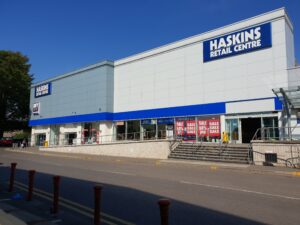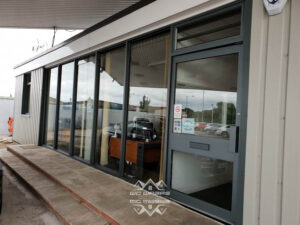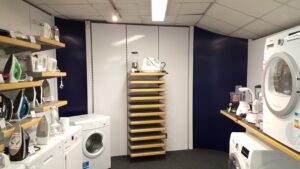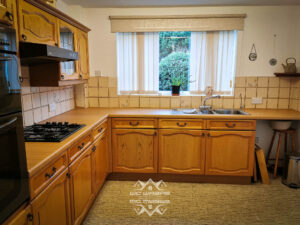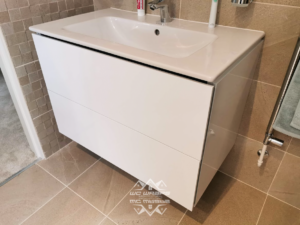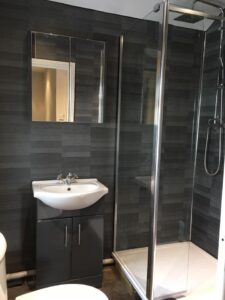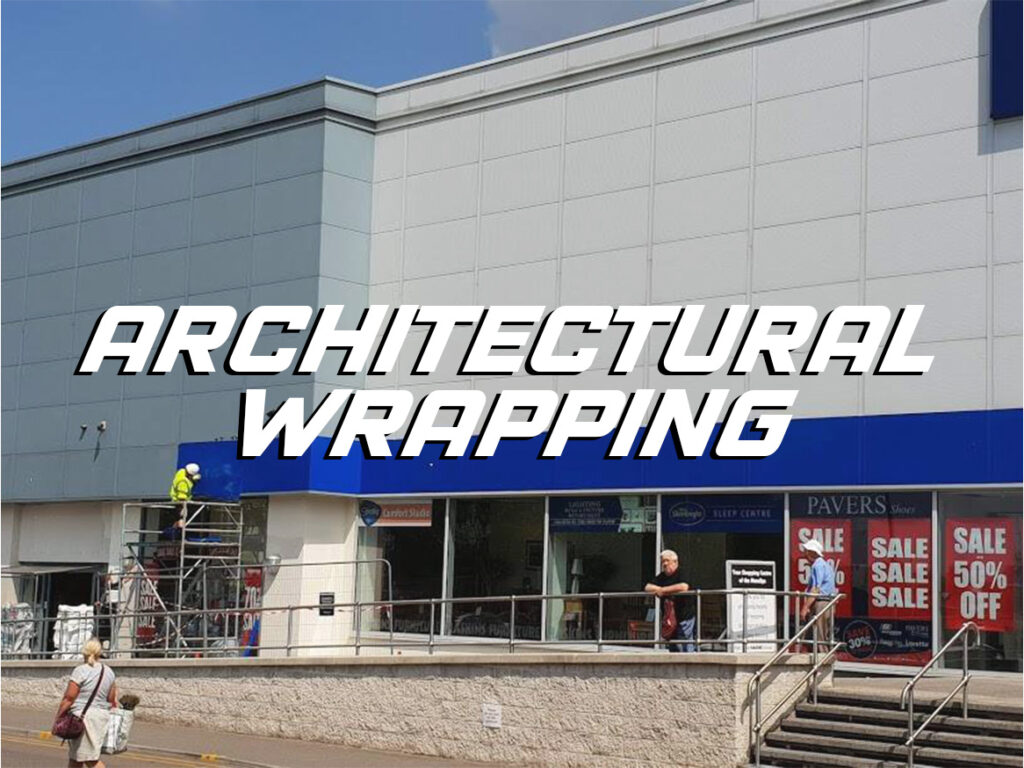
what is this?
Quite simply, architectural wrapping is the process where an existing surface, whether that's flat or even 3D is covered with a self-adhesive film. That's right. These products can conform to an array of different shapes and surfaces!
The Future of internal renovation is adapting and changing!
Wrapping as a method to rejuvenate and transform commercial and residential interiors is fast becoming the go to solution. With super realistic textures and finishes, the ease of installation eliminates the need to remove and refit, most can be done in situ, cutting down on renovation times and mess.
With this in mind it is also a more sustainable eco solution due to less landfill from removing and destroying old furnishings.

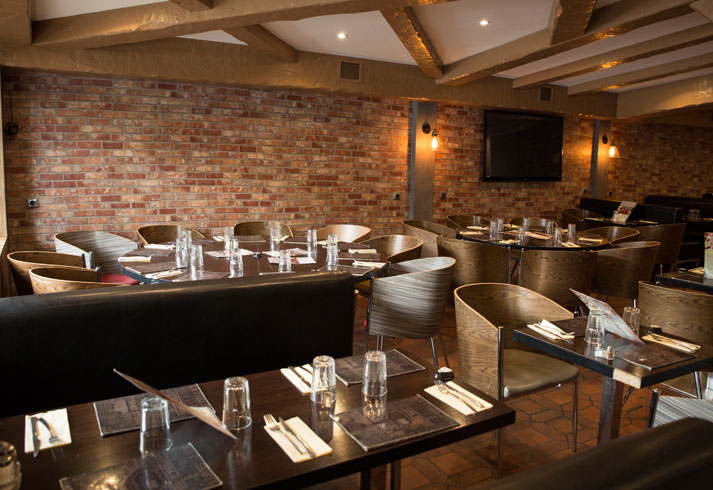
Retail Interiors.
Would you believe us if we said 90% of this restaurant image is wrap?
From the rear facing wall, wrapped in Texturised brick, this has a feel to it, not just the look.
The table surfaces, the chairs all wrapped in smooth finish wood. From gloss to matte finishes there is no limiation of internal customisation.
Is it expensive?
The answer to this, we find is simple. If you consider the savings made on material, labour and construction (not to mention time), architectural wrapping is a much more affordable option, regardless of the figure. Of course, depending on the project the price can vary substantially. But we are confident in saying that wrapping solutions are a fraction of the cost of reconstruction or replacement, with kitchen renovations costing £10k and upwards in 2022 wrap is going to be a far cheaper option.
Manufacturers such as 3M, Avery Dennison and Oracal have mastered the art of vinyl creation such that the materials look like and mimic actual synthetic or natural materials such as wood, marble and metal. So rather than buying an entire marble countertop, a company can find a cost effective vinyl film alternative that is much more efficient for not only the environment but their budgets.
Yes. We can apply the films to most walls, but it is all dependent on the quality and finish of the wall surface (substrate). We require it to be as smooth and as clean as possible to offer the best finish.
The film has been designed and tested to withstand daily impacts and abrasions. We understand that offices are high traffic areas and this material is fit for purpose.
The films are classed as non-fire accelerants, meaning that they have been tested rigorously and won’t increase the spread of a fire. They have also been tested for smoke spread. Further details of the fire properties for each film range can be requested to support building requirements and regulations.
The cost of painting may be cheaper in the short term, but over long-term, paint fades and is not as resistant to dirt and wear and tear as architectural film – meaning it’s highly likely that you will have to paint again in a year or so. Other considerations include the two coats that may have to be applied – resulting in the closure of areas within your home or workplace and causing disruption for staff and customers. There is also the matter of fumes and mess to consider. Architectural film is easy to apply, requires less equipment and has less disruption for your customers and your staff.
If the film becomes damaged, it is possible to repair the vinyl in situ without a full replacement required. This would be a method of cutting out the damaged section and replacing using techniques that hide the join. If the damage is too severe the substrate underneath may need repairing.
The films have been designed with hygiene in mind and can be wiped down quickly and simply with a light cleaning solution. You should also read the vinyl care instructions to ensure you look after your film wrap properly.

